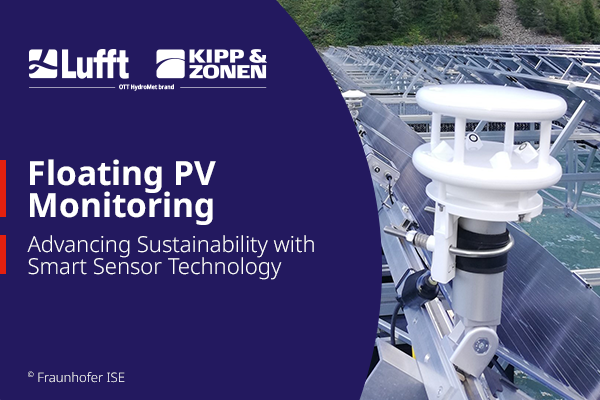One of our partners from the Netherlands recently installed a Lufft road weather sensor whose measurement spot was determined by using MARWIS, the mobile road weather sensor. At which special place it’s in use now, you can read here…

Photo: Rik van der Kroon, Unsplah.com
Our long-term sales partner Observator has been on tour with the new mobile road weather sensor MARWIS since last winter and continuously discovers new applications for the innovative technology. One of them is to use it to determine appropriate locations for planned weather stations (cold spot analysis).
A few days ago the Observator team installed the intelligent Lufft-UMB IRS31Pro road sensor at one of the largest container ports in Rotterdam for the first time. Its mission is to provide long-term data on the road surface reliably providing information on the stability of the container carriers while “parking” supplied containers. This is made possible by covering a wide range of road weather parameters and calculating the surface friction.
It detects
- surface temperatures,
- water film heights up to 4 mm,
- road conditions (dry, wet, wet, icy or snowy, salty or wet-freezing)
- ice percentage and the
- freezing temperatures of various deicing chemicals.
In addition, it can be equipped with up to two depth temperature probes (30 and 5 cm) whose measurements e.g. indicate impending black ice.
The invasive IRS31Pro sensor automatically delivers the data to OMC-Data-Online, the data management system from Observator. Since this is an online tool, the measurement data can be easily retrieved from anywhere through a web browser.
Observator determined the critical spot where the invasive road sensor IRS31Pro-UMB is located now by means of the new mobile road sensor MARWIS. In contrast to the IRS31Pro, it’s mounted on different vehicles and scans the road surface contactlessly. Therefore it’s suitable for the determination of comprehensive information on a plurality of measurement spots.
MARWIS can be attached easily and gently to different types of vehicles and connect to a tablet or smartphone via Bluetooth. The mobile output devices issue the actual measurements every second with the help of the MARWIS app in a listing and on a map. Thus, it becomes a flexible and valuable decision support wherever you need it.
Further links:


